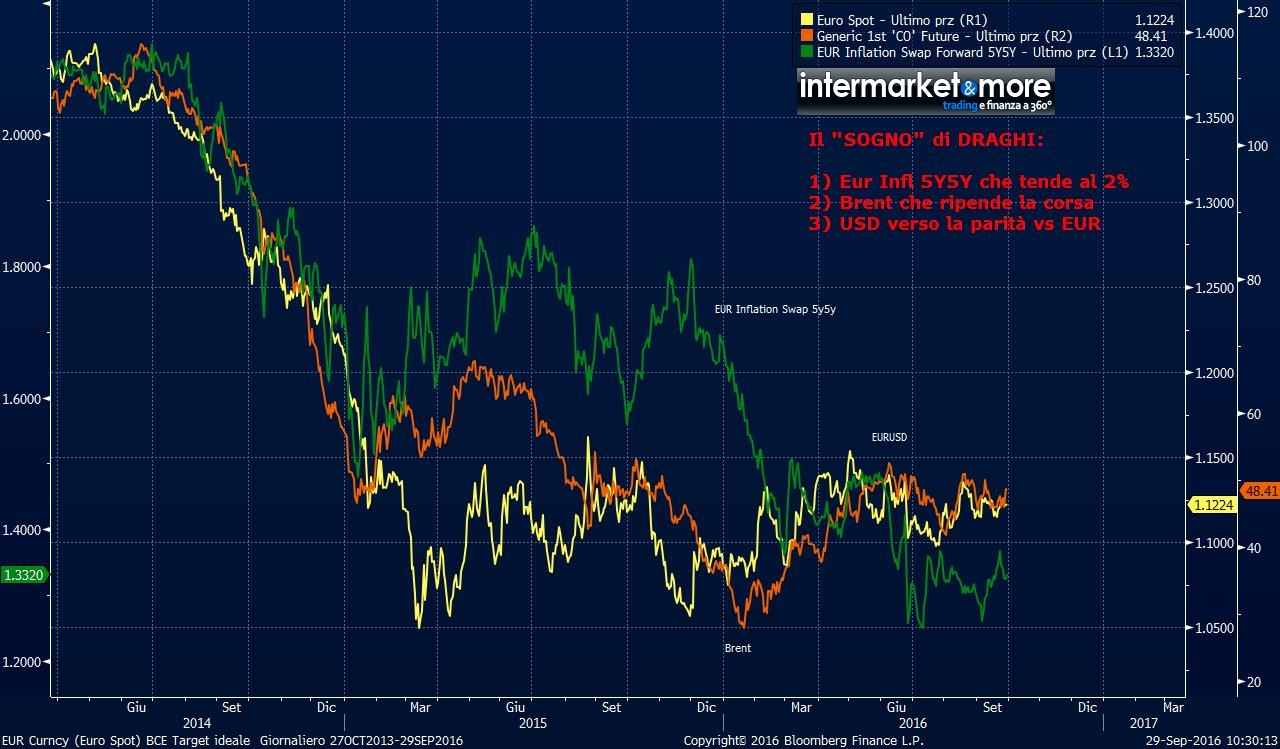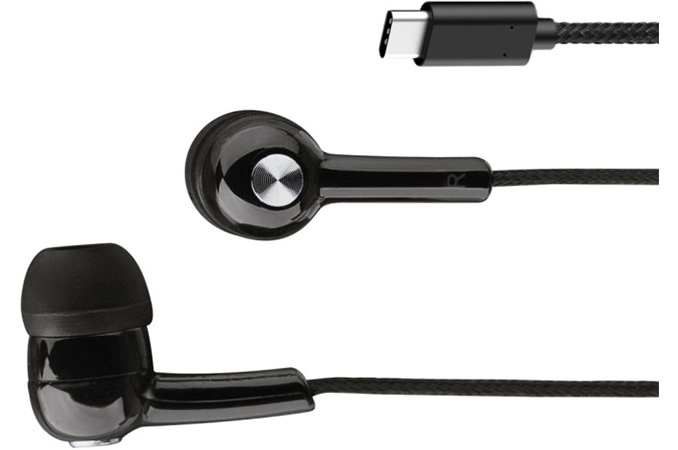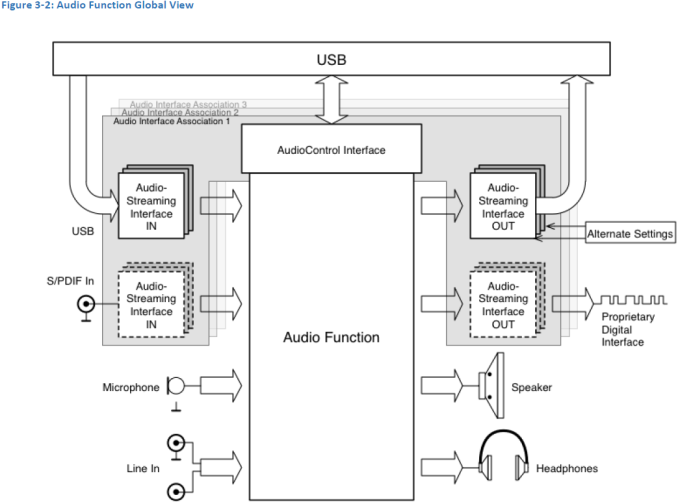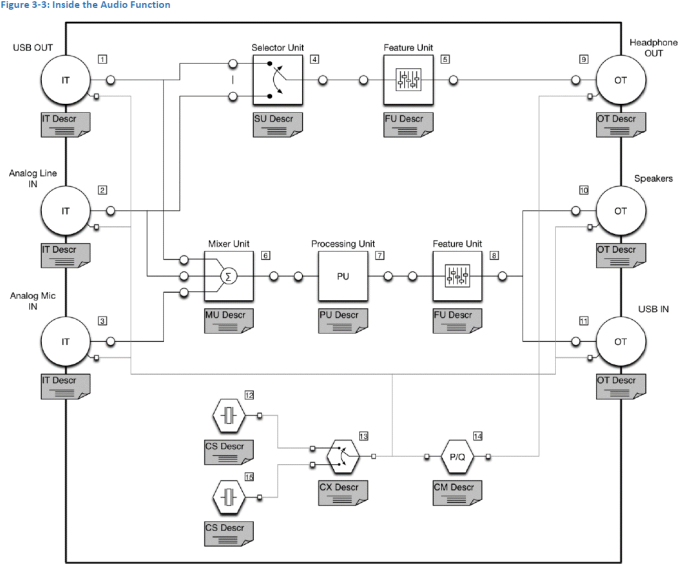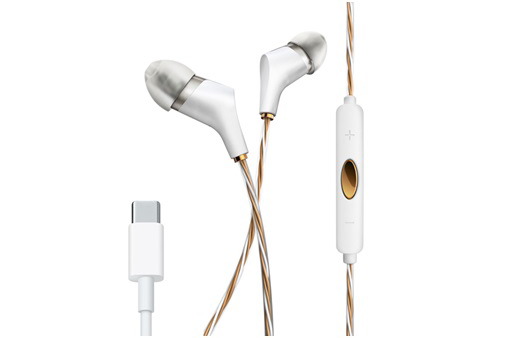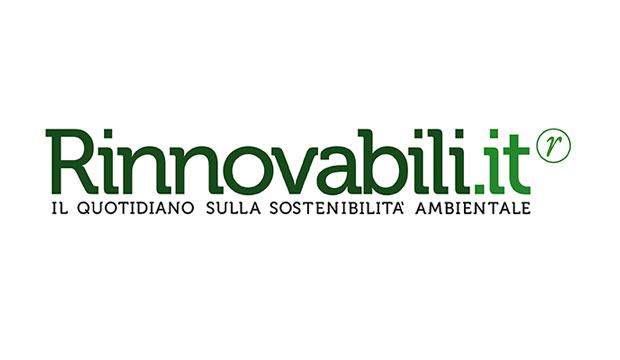
(Rinnovabili.it) – E’ una prima volta storica quella si è consumata oggi a Bruxelles nel Consiglio straordinario dei ministri dell’ambiente. Come preannunciato da Segolene Royal, ministro francese dell’ambiente e presidente di turno della COP sul clima, i Ventotto hanno approvato la ratifica dell’Accordo di Parigi senza aspettare l’approvazione formale dei singoli governi.
Una mossa necessaria visto l’impasse creatasi a livello politico. Lentezze normative e capricci nazionali hanno fatto sì che in questi mesi l’impegno preso dall’Unione Europea sull’intesa prodotta lo scorso dicembre rimanesse solo una promessa astratta. Ad aver fatto i compiti a casa, ossia ad aver depositato gli strumenti di ratifica, fino ad ora sono state solo la Germania, l’Ungheria, la Francia, l’Austria e la Slovacchia, relegando così l’Unione Europea ad uno degli ultimi gradini della ledership ambientale.
Ma di fronte alla prospettiva imbarazzante di arrivare alla COP 22 di Marrakesh senza nulla fra le mani e soprattutto con il rischio di essere lasciata fuori dal gruppo di lavoro sul patto climatico globale (il CMA), Bruxelles ha deciso di bypassare le lunghe ratifiche singole dei rimanenti 23 Stati membri. Con il tempo ormai agli sgoccioli, i ministri hanno appoggiato la “scorciatoia” e chiesto il consenso del Parlamento Europeo. Una volta che l’Aula di Strasburgo darà il via libera– prevista per la prossima settimana – la decisione sulla conclusione dell’accordo verrà adottata formalmente dal Consiglio e l’Unione europea sarà in grado di depositare il suo strumento di ratifica prima che si siano conclusi i procedimenti nazionali.
“Oggi – ha commentato il ministro slovacco per l’Ambiente e presidente del Consiglio, László Solymos – è un giorno importante non solo per la nostra azione sul clima, ma anche per l’unità che abbiamo dimostrato. Ciò significa che l’UE e i suoi Stati membri aggiungeranno il loro peso all’entrata in vigore dell’accordo di Parigi”.
Perché l’intesa sul clima diventi effettiva, infatti, il requisito base è che siano passati 30 giorni dalla ratificata di 55 Paesi, responsabili del 55% delle emissioni di CO2 nel mondo. Senza l’Unione Europea, che è stata in grado di farsi superare anche da Usa e Cina – i più grandi inquinatori del Paese – il processo si era arrestato a 61 paesi rappresentati però solo del 48% delle emissioni globali. Quanto ai tempi di approvazione dell’Italia, a margine del Consiglio straordinario il ministro Gian Luca Galletti ha spiegato che la ratifica sarà portata dal suo dicastero “in Consiglio dei ministri, insieme al ministro degli Esteri Gentiloni, probabilmente la prossima settimana. Dopodiché io credo che il Parlamento in tempi ragionevoli procederà alla ratifica: non spetta al governo, ma su questo è uno di quei temi su cui si può trovare l’unanimità o quasi”.
Autore: Rinnovabili


